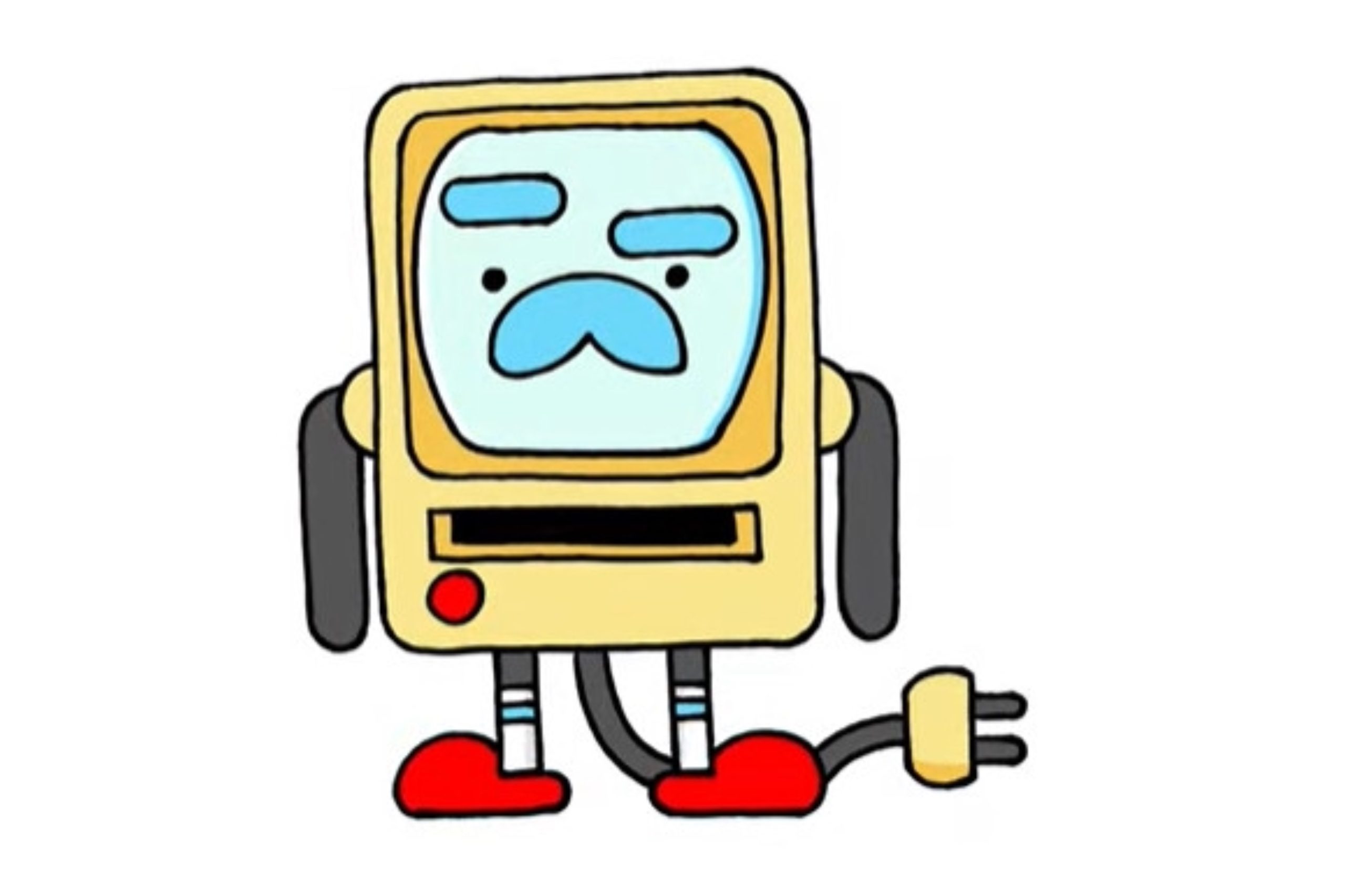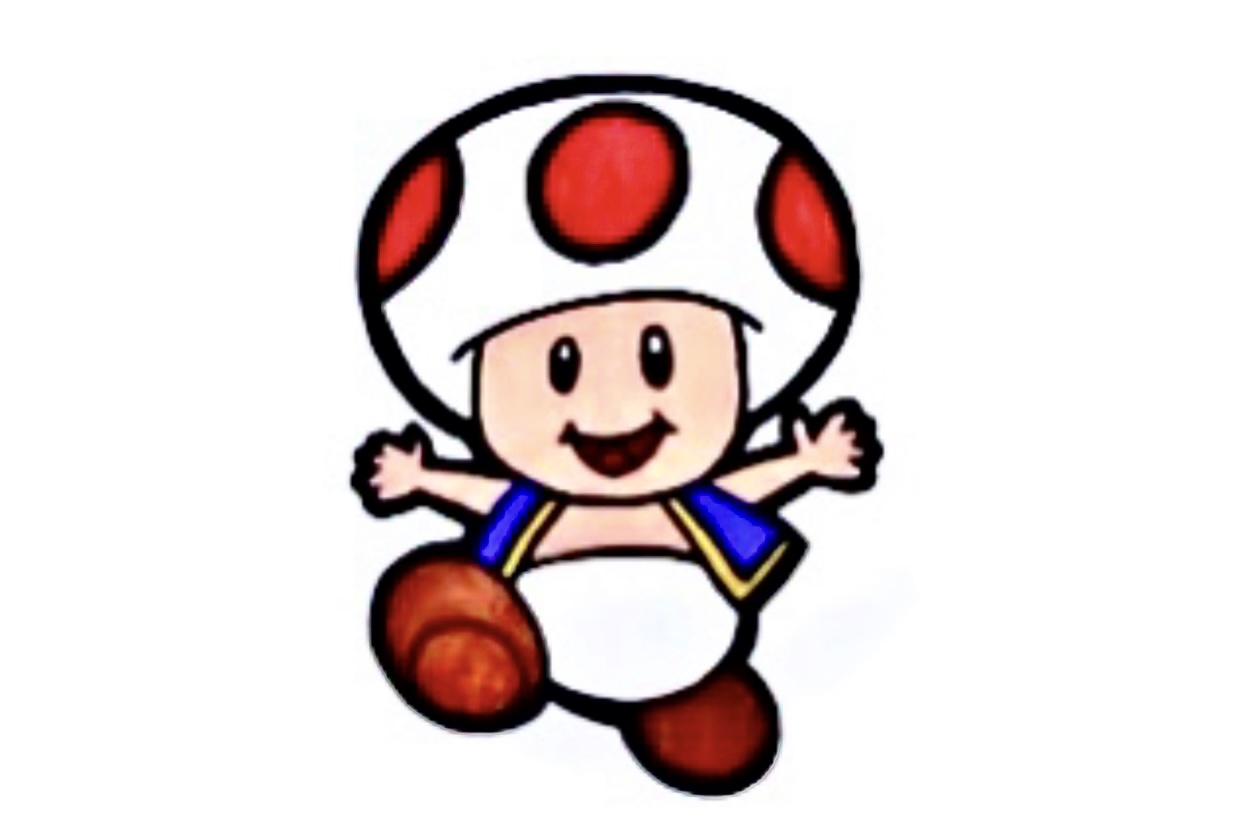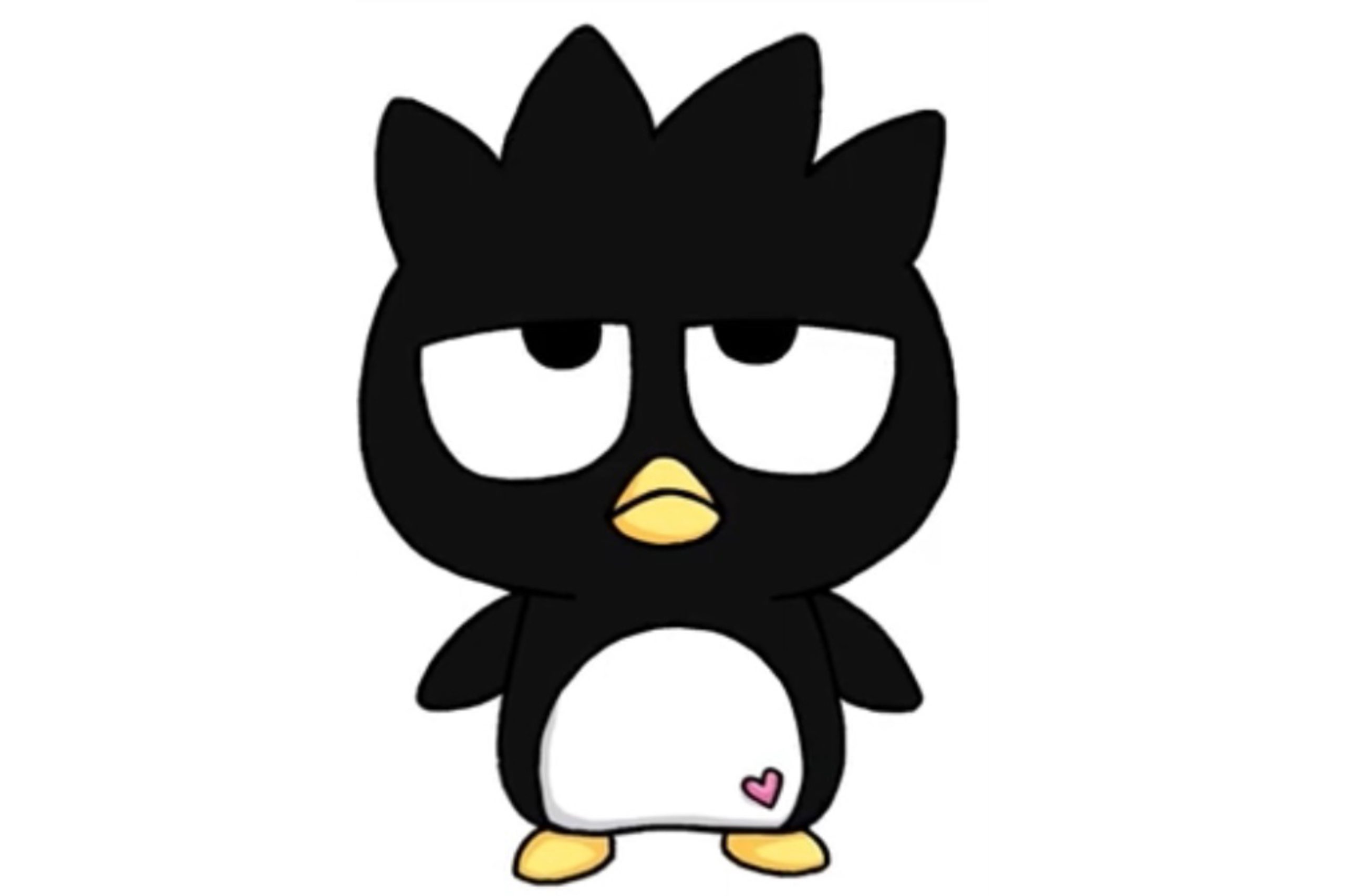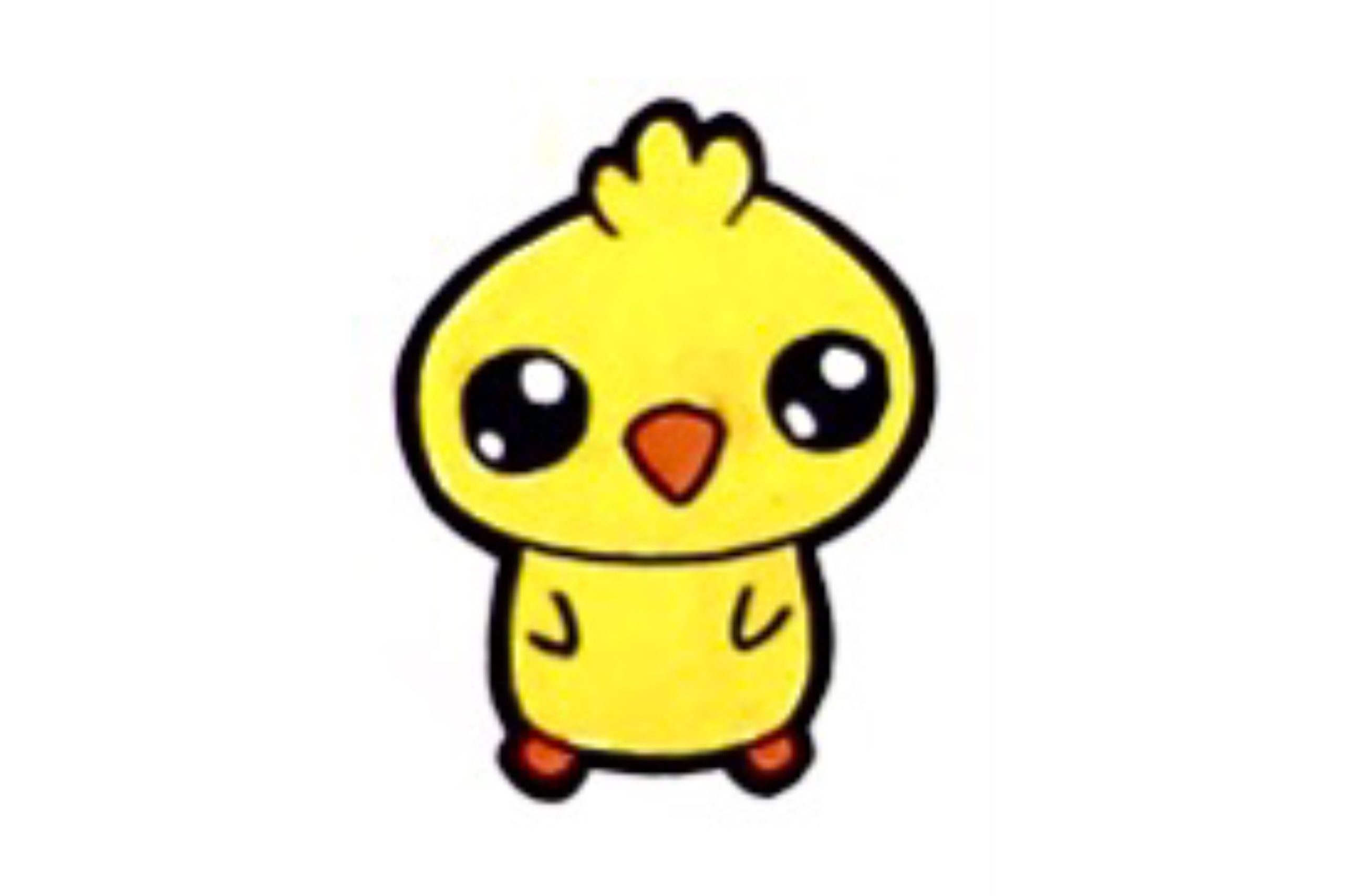Coloring Techniques, Coloring Activities
Color Your World: Fun Fabric Dyeing Techniques For Young Fashionistas!
When thinking about fabthe ric dyeing technique, you might imagine plain colored t-shirts or rainbow tie-dyed t-shirts. While both are great dyeing methods, many other techniques exist! To help you explore, I will share methods to create different colors and styles. Let’s explore together, young fashionistas!
I – Tie Dye
1. Fabric Dyeing Techniques – What is Tie Dye?
Tie-dye is a fabric dyeing technique, and tie-dye clothing has completely different colors and patterns from traditional dyeing. While traditional dyeing emphasizes uniform color, the overall lightness or darkness of a piece of fabric or clothing, tie dye is not like that.
2. Tie Dye Process
Tie your item into the desired shape – traditional spiral, tie shape, or bull’s eye.
Use a squeeze bottle to apply concentrated dye (plastic tomato sauce and ketchup bottles work well for this).
As directed on the package, allow the dye to stick to the item, then rinse off any extra dye.
You can untie the ties before washing, but we encourage doing this in a sink under running water as it reduces the chance of dye sticking to areas that should remain white.
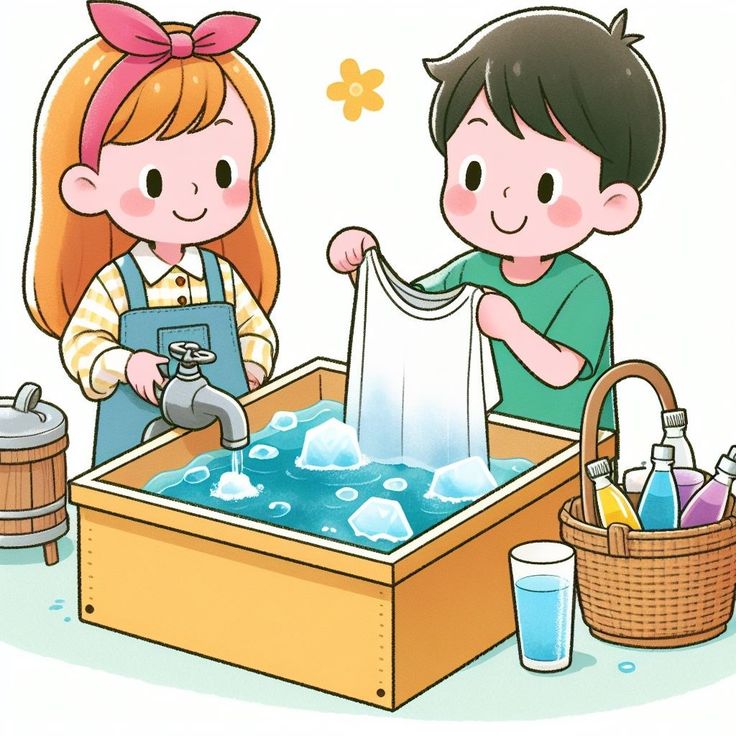
3. Is Tie Dye Difficult for Young Fashionistas?
This process is quite simple. However, it’s best to do tie-dye with a group of people, as they requires a lot of preparation and some supplies. If your group is too large, having an expert nearby would be helpful but not mandatory. You should organize a tie-dye party outside your backyard to avoid dye splashing.
II – Ice Dye
1. What is Ice Dye?
Ice dye is a fabric dyeing technique that uses ice as a barrier to control the fabric’s color. The ice melts slowly, allowing organic, fun color distribution on the fabric.
2. Ice Dye Process
Crush your product to dye on a small pedestal (for drainage).
Cover it in ice.
Cover the mound of ice and fabric with dye powder.
Leave it outside on a sunny day for a few hours (or longer if it’s winter and you’re using snow!). This helps the ice melt into water and helps the fabric underneath absorb the dye.
After all the ice has melted, you can repeat this process with more ice or rinse the dyed item to reveal the pattern.

3. Is Ice Dye Easy for Young Fashionistas?
Indeed, ice dyeing is an excellent choice for beginners, as this process is simple and creates beautiful patterns. Choose a hot, sunny day and set up your ice dyeing station somewhere convenient – it will need a few hours to melt. You can also leave it outside overnight, but I prefer to cover my tub with a piece of plastic to keep things that don’t belong in my dye tub from getting in.
III – Shibori
1. What is Shibori?
Shibori is a Japanese fabric dyeing technique with some particular traditional patterns. However, you can choose to use any element you like. It is traditionally done with natural indigo dye, but this depends on you.
2. Stages of Shibori
Tie the fabric according to some traditional methods – a notable example is pole shibori, where you wrap the fabric around a pole or tube and then wrap a string around it in a spiral. Finally, push the fabric down one end of the pole (like a compressed spring).
Dip the entire object into the dye bath. As a result, the wrap has a noticeable tiger stripe that runs from its outer to inner edges. There are numerous traditional shibori tying methods that produce striking and distinctive effects.
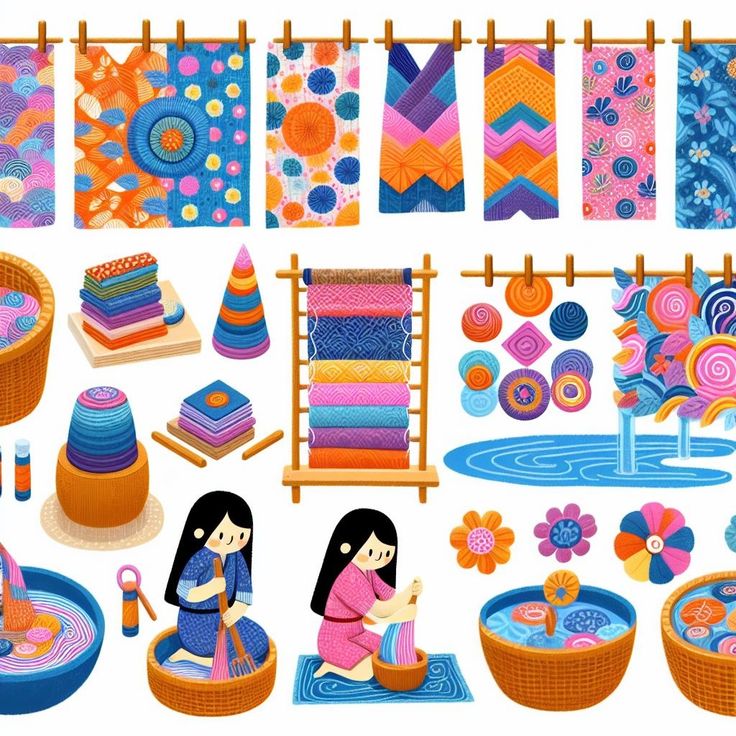
3. Is Shibori Dyeing Easy for Young Fashionistas?
If you want to complete the traditional shibori dyeing bath, you have to put many days into setting up and maintaining a natural indigo dye bath; this is not easy. However, you can successfully use shibori tying techniques with other dyes, which is a good choice for beginners.
Related topic: The Ultimate Guide For Enhancing Beginner’s Coloring Skill
IV – Resist Dye
1. What is Resist Dye?
Any time a fabric or object is added to a dye bath, but some parts are prevented from absorbing the dye, the process is referred to as resist dye. Literally, some areas “resist” the dye, so it is a fabric dyeing technique, too. Although there are many more, shibori dye and tie dye technically belong in this category as they are both forms of resist dye! You can choose to create your resistance creatively.
2. Stages of Resist Dyeing:
You can dip (like shibori) or squeeze (like tie-dye) to apply the dye, but the important thing to explore here is the type of dye.
You can experiment with mechanical barriers by twisting or knotting the fabric, tying it with string, folding it and clamping it between pads or wooden blocks.
You can also try using chemical resist dyes – for example, batik dyeing is a type of Indonesian resist dye that uses wax to prevent certain areas of the fabric from absorbing the dye.
Other styles involve applying other substances, but the principles are the same. Explore your home to find household items that can be used to resist – just make sure you’re okay with them absorbing a bit of dye!
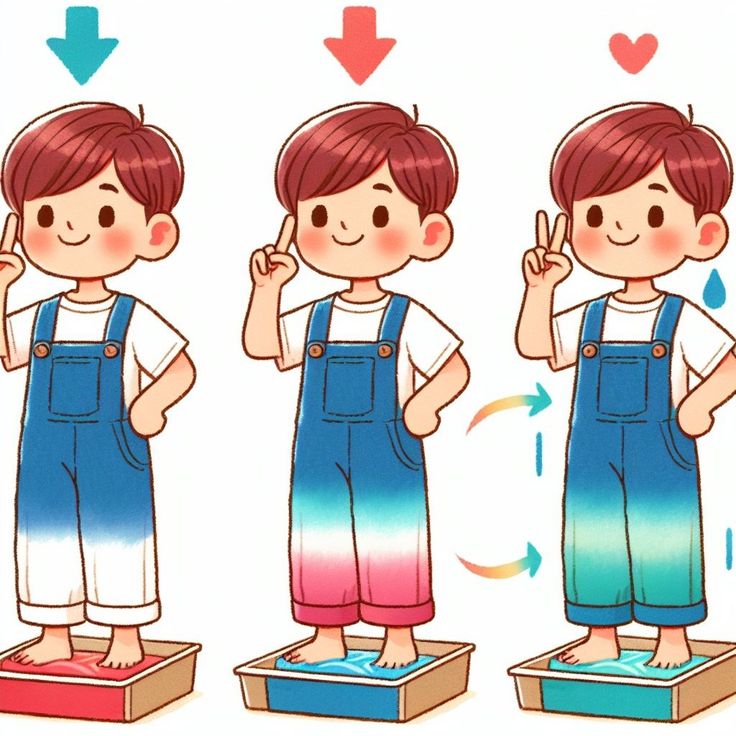
3. Is Resist Dyeing Easy for Young Fashionistas?
Yes, resist dyeing is a great way to experiment using color as texture, especially if you have done immersion dyeing before. It is an enjoyable and creative method to let go of the final product’s form and give yourself a little surprise!
V – Ombre dip dye
1. What is Ombre Dip Dye?
Ombre dip dyeing is a fabric dyeing technique that fades multiple colors into each other. The result can look like a sunset, with the dye fading towards one side of the clothing or fabric piece. This can be done with one, two, or more dyes to create different effects.
2. Stages of Ombre Dip Dyeing
Ombre dip dyeing instructions are similar to immersion dyeing (below) in that you will need a tub of water with enough room for the fabric to float freely. However, you will not add the entire item to the dye bath.
Instead, hang it over the dye jar so it dips into it. For a narrower ombre, dip the shirt’s hem and let it absorb the dye; for a longer fade, dip the skirt in sections (dunk the entire skirt for five minutes, then take out ¼ of it from the pot for ten minutes, then take out another ¼ of the skirt, etc.).
To achieve more color, fold the item in half and dip it, being careful not to let the ends drop into the dye solution.
3. Is Ombre Dip Dyeing Easy for Young Fashionistas?
You can make the ombre dip dye bath as simple or complex as possible. Simple projects like a single color at the bottom of a t-shirt will be easy enough for beginners. Introducing more colors will make the process more difficult.
VI – FAQ
What is the Best Fabric to Dye?
Some fabric types readily accept dye and are more suitable for fabric dyeing technique, including natural textiles like wool, silk, linen, and cotton. T-shirts and knit sweaters are great places to start experimenting, too. Just remember, synthetic fabric does not dye well.
If you are unsure about the composition of your fabric, check the label or try a burn test on a scrap of fabric. Natural fabric burns more efficiently than synthetic fabric. Melting and burning synthetic fabric will leave plastic residue behind.
What Fabrics Can I Dye?
Natural fabric dyes are better than synthetic fabric
Cotton fabric is considered one of the most accessible fabrics to dye
Although only semi-natural, Rayon dyes very well and is very popular for making flowy clothes designed for hot climates.
Linen is an excellent natural fiber to dye but must be pre-washed to avoid shrinkage, as the open fiber has a higher shrinkage than cotton.
Which Fabric is Hardest to Dye?
The hardest fabrics to dye are synthetic or polyester blends because they do not absorb color. If you dye non-natural fabric, you should anticipate a very subtle, transient effect.
Which Fabric is Easiest to Dye?
Cotton is the easiest to dye. You will get long-lasting and effective results when you follow the manufacturer’s instructions. Choose pre-washed white cotton fabric to remove all finishing chemical residues.
When thinking about fabthe ric dyeing technique, you might imagine plain colored t-shirts or rainbow tie-dyed t-shirts. While both are… View More





